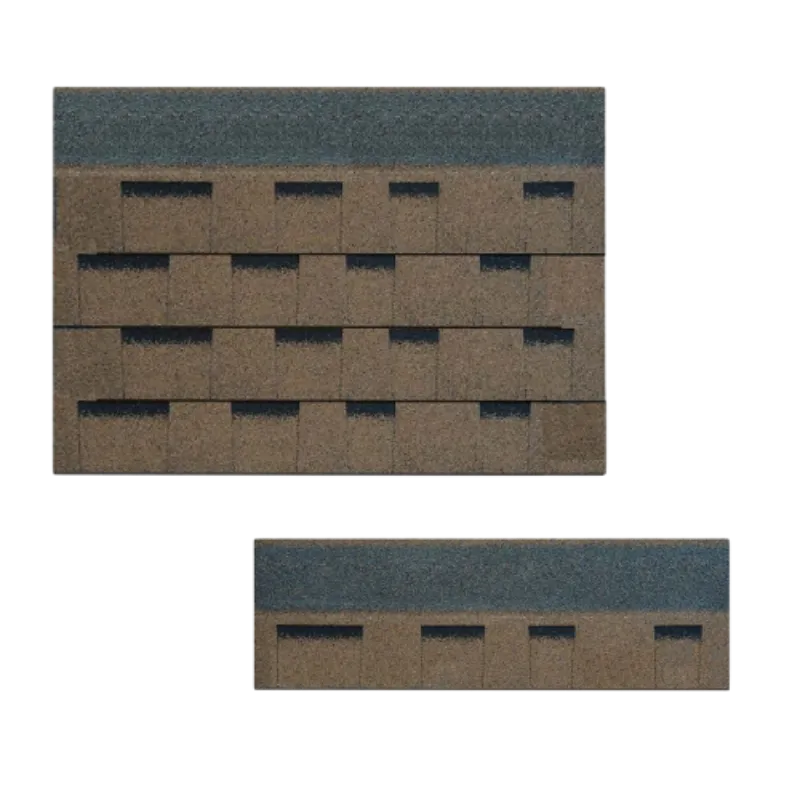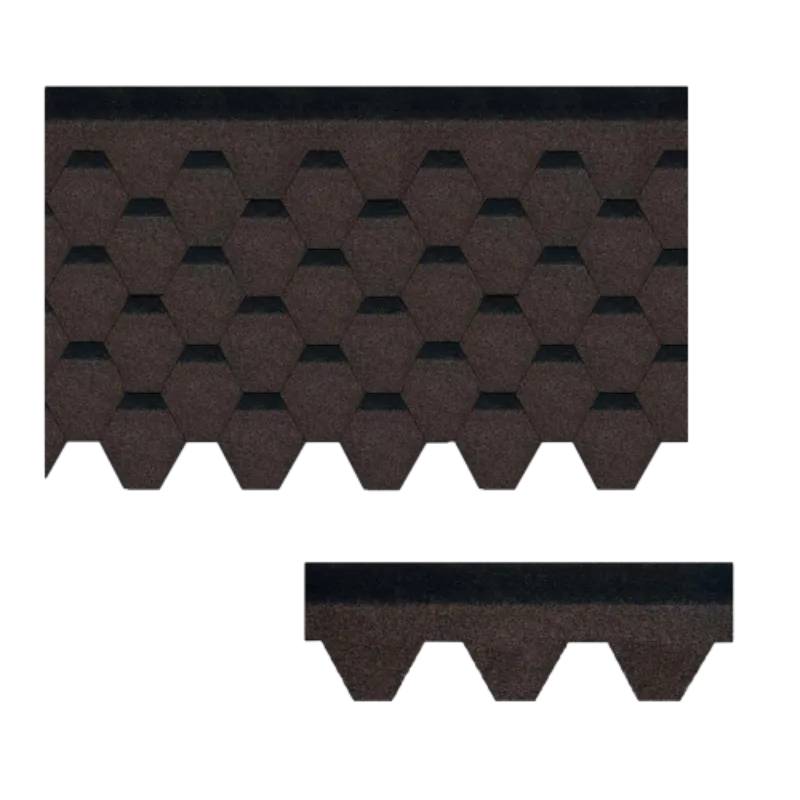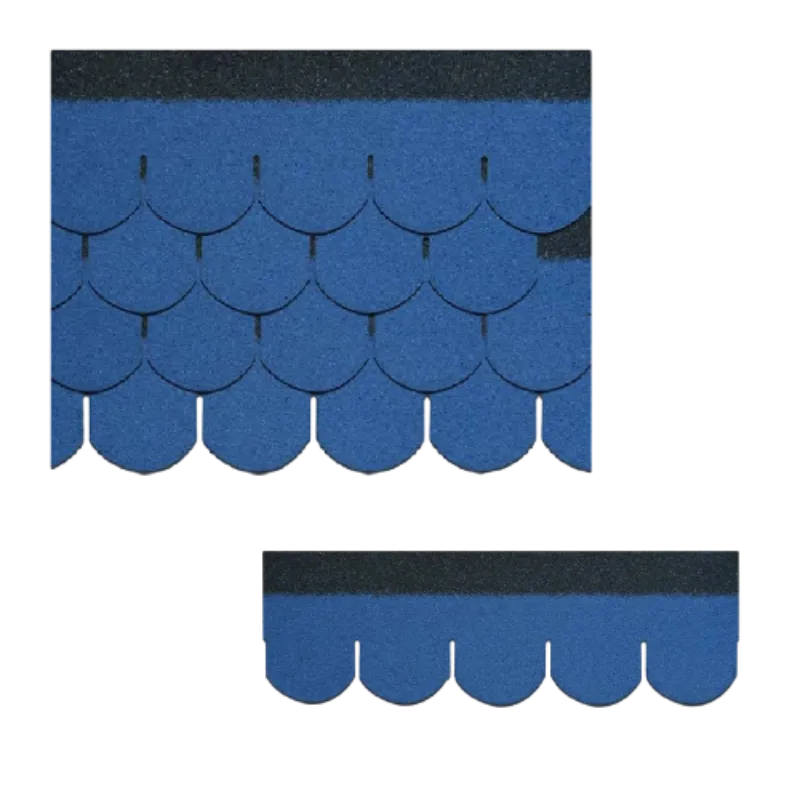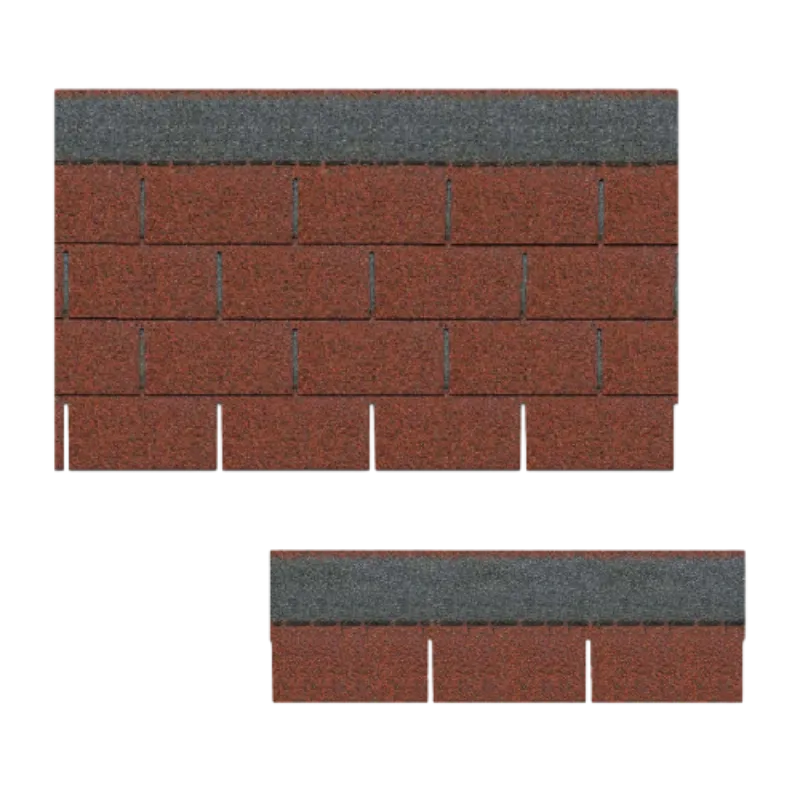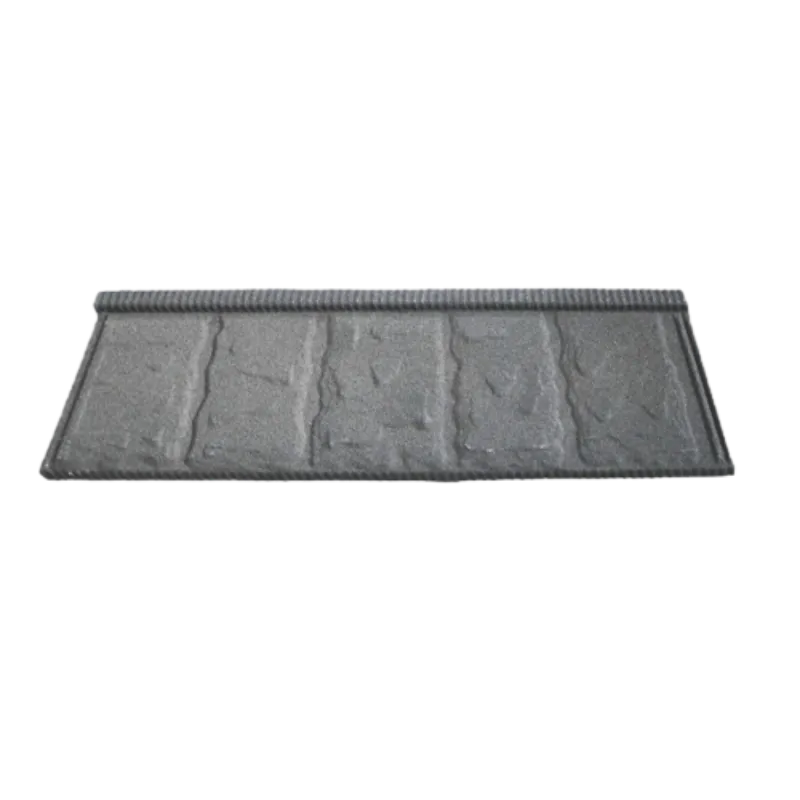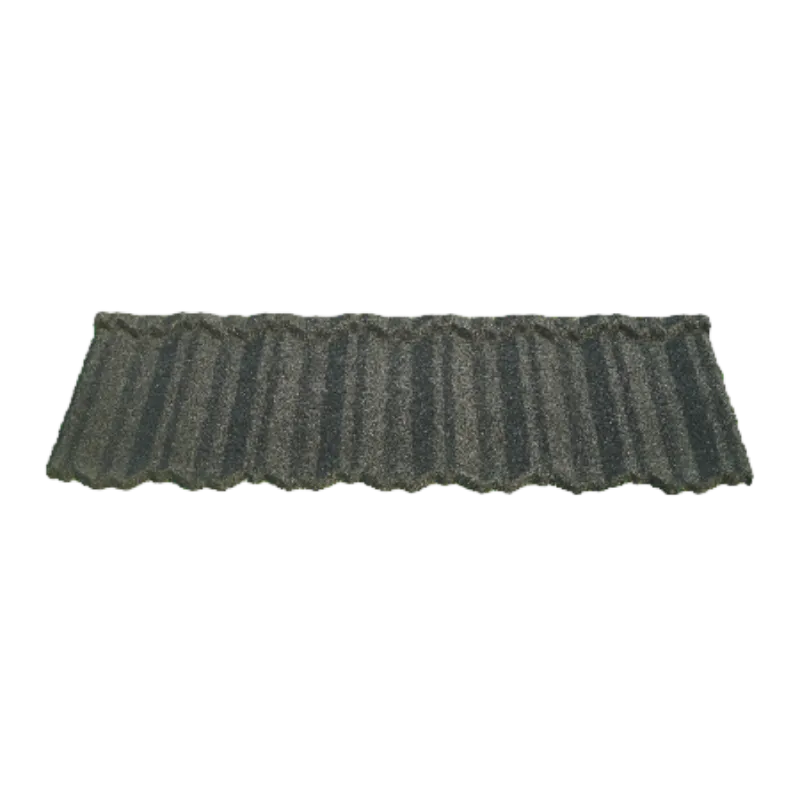
سېنتەبىر . 28, 2024 06:00 Back to list
Choosing the Right Roof Shingles for Your Home's Protection and Aesthetic Appeal
The Importance and Evolution of Roof Shingles
Roof shingles are an integral part of modern architecture, playing a crucial role in protecting homes from the elements while also enhancing their aesthetic appeal. As one of the most visible aspects of a building, shingles not only safeguard a structure but also contribute significantly to its overall design and curb appeal. This article explores the evolution of roof shingles, their various types, benefits, and considerations for homeowners.
Historical Context
The use of roofing materials can be traced back thousands of years, with early civilizations utilizing natural materials like thatch, wood, and stone to create roofs. As societies evolved, so did roofing technology. The advent of shingles marked a significant advancement in construction, providing a more reliable and durable option for weather protection.
Historically, wooden shingles were a popular choice, particularly in regions with abundant timber. Cedar shingles, known for their longevity and resistance to decay, became favored in many areas. Over time, however, new materials emerged, leading to the diverse range of shingles we see today.
Types of Roof Shingles
Today, several types of shingles are available, each offering unique advantages and suitable for different architectural styles and climates
1. Asphalt Shingles Perhaps the most common type used in North America, asphalt shingles are affordable, easy to install, and come in various colors and styles. They are composed of a fiberglass base mat coated with asphalt and mineral granules, providing waterproofing and UV protection.
2. Wood Shingles and Shakes These shingles offer a natural aesthetic and excellent insulation properties. Wood shakes are typically thicker and more rustic, while shingles are smoother and uniform. They require more maintenance than asphalt but can last many decades with proper care.
3. Metal Shingles Gaining popularity for their durability and energy efficiency, metal shingles can be made from steel, aluminum, or copper. They are resistant to extreme weather conditions, fire, and pests. Additionally, they can reflect sunlight, helping to keep homes cooler.
4. Slate Shingles Known for their beauty and longevity, slate shingles are a premium roofing option. They can last over a century and are highly resistant to fire and insects. However, they are heavier and more expensive, requiring specialized labor for installation.
5. Tile Shingles Often found in Mediterranean or Spanish-style architecture, clay or concrete tiles offer a distinctive look and are durable against fire and rot. They are heavy; thus, proper structural support is essential.
Benefits of Roof Shingles
roof shingles

The choice of shingles can significantly impact a home’s performance and curb appeal. Here are some of the primary benefits
- Weather Protection Roof shingles are designed to withstand various weather conditions, including rain, snow, hail, and extreme sunlight. Their ability to shed water effectively protects the underlying structure from water damage and mold growth.
- Energy Efficiency Certain shingles, especially metal and reflective asphalt options, can contribute to energy savings by reducing heat absorption. This leads to lower cooling costs in warmer months.
- Aesthetic Appeal With a wide range of materials and designs available, shingles can complement any architectural style. Homeowners can choose colors and textures that enhance their home's visual appeal.
- Cost-Effectiveness Asphalt shingles, in particular, are one of the most economical roofing materials available, offering a good balance between upfront costs and longevity.
Considerations for Homeowners
When selecting roof shingles, homeowners should consider several factors
- Climate The local climate can heavily influence shingle choice. In areas prone to severe storms, lighter-weight materials may be preferable, while colder regions may benefit from materials with better insulation.
- Budget While it might be tempting to choose the cheapest option, investing in higher-quality materials can save money in the long run due to reduced maintenance and replacement costs.
- Installation Some types of shingles require specialized installation techniques; thus, homeowners should hire experienced professionals to ensure proper installation.
- Maintenance Regular inspections and maintenance can prolong the lifespan of any roofing system. Homeowners should be aware of the specific care required for their chosen type of shingles.
Conclusion
Roof shingles are more than just a protective layer for homes; they are a critical component that affects both function and appearance. As technology evolves, so do the materials and designs available, providing homeowners with more options than ever to suit their needs. By understanding the history, types, benefits, and considerations associated with roof shingles, homeowners can make informed decisions that will enhance the beauty and durability of their properties for years to come.
-
Rubber Roofing Shingles - Durable & Weatherproof SBS Rubber Asphalt Shingles for Homes & Businesses
NewsJul.08,2025
-
Crest Double Roman Roof Tiles – Durable, Stylish Roofing Solution at Competitive Prices
NewsJul.08,2025
-
T Lock Asphalt Shingles Durable Roofing Solution for Long-lasting Protection
NewsJul.08,2025
-
Top Stone Coated Metal Roofing Suppliers & Manufacturers Durable Stone Coated Metal Tile Solutions
NewsJul.07,2025
-
How Many Bundles of Asphalt Shingles in a Square? Fast Roofing Guide & Tips
NewsJul.07,2025
-
How Long Should a Cedar Shake Roof Last? Expert Guide & Replacement Options
NewsJul.06,2025


